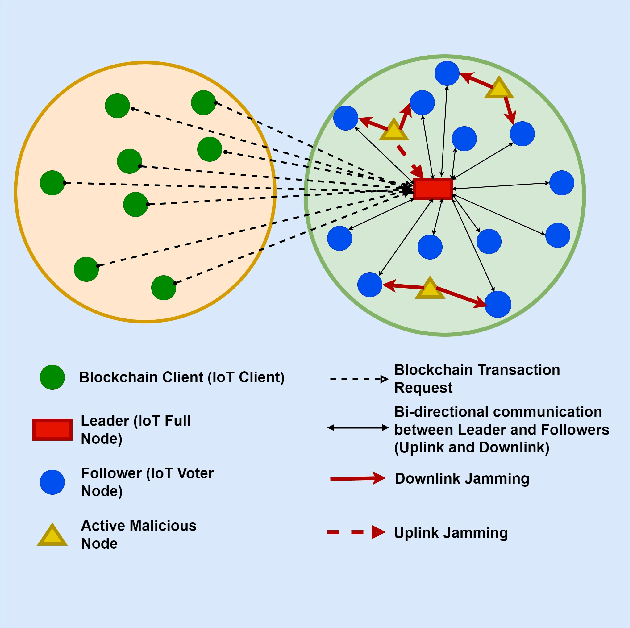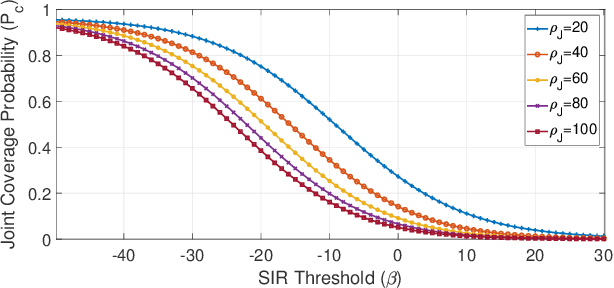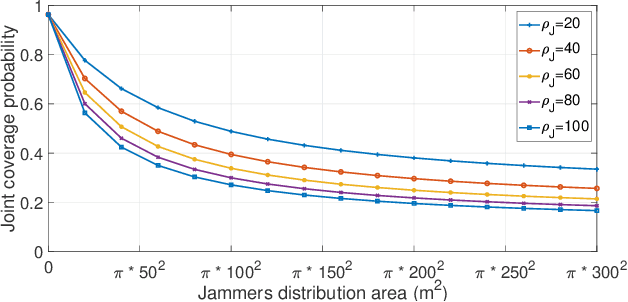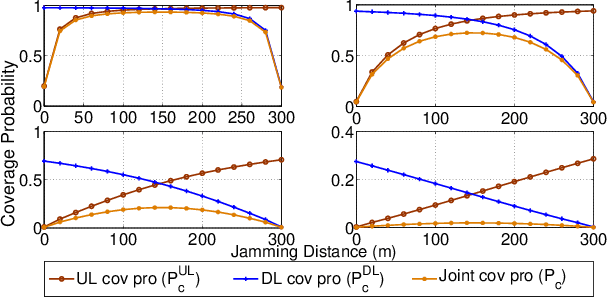Countering Active Attacks on RAFT-based IoT Blockchain Networks
Paper and Code
Apr 02, 2022



This paper considers an Internet of Thing (IoT) blockchain network consisting of a leader node and various follower nodes which together implement the RAFT consensus protocol to verify a blockchain transaction, as requested by a blockchain client. Further, two kinds of active attacks, i.e., jamming and impersonation, are considered on the IoT blockchain network due to the presence of multiple {\it active} malicious nodes in the close vicinity. When the IoT network is under the jamming attack, we utilize the stochastic geometry tool to derive the closed-form expressions for the coverage probabilities for both uplink and downlink IoT transmissions. On the other hand, when the IoT network is under the impersonation attack, we propose a novel method that enables a receive IoT node to exploit the pathloss of a transmit IoT node as its fingerprint to implement a binary hypothesis test for transmit node identification. To this end, we also provide the closed-form expressions for the probabilities of false alarm, missed detection and miss-classification. Finally, we present detailed simulation results that indicate the following: i) the coverage probability improves as the jammers' locations move away from the IoT network, ii) the three error probabilities decrease as a function of the link quality.
 Add to Chrome
Add to Chrome Add to Firefox
Add to Firefox Add to Edge
Add to Edge